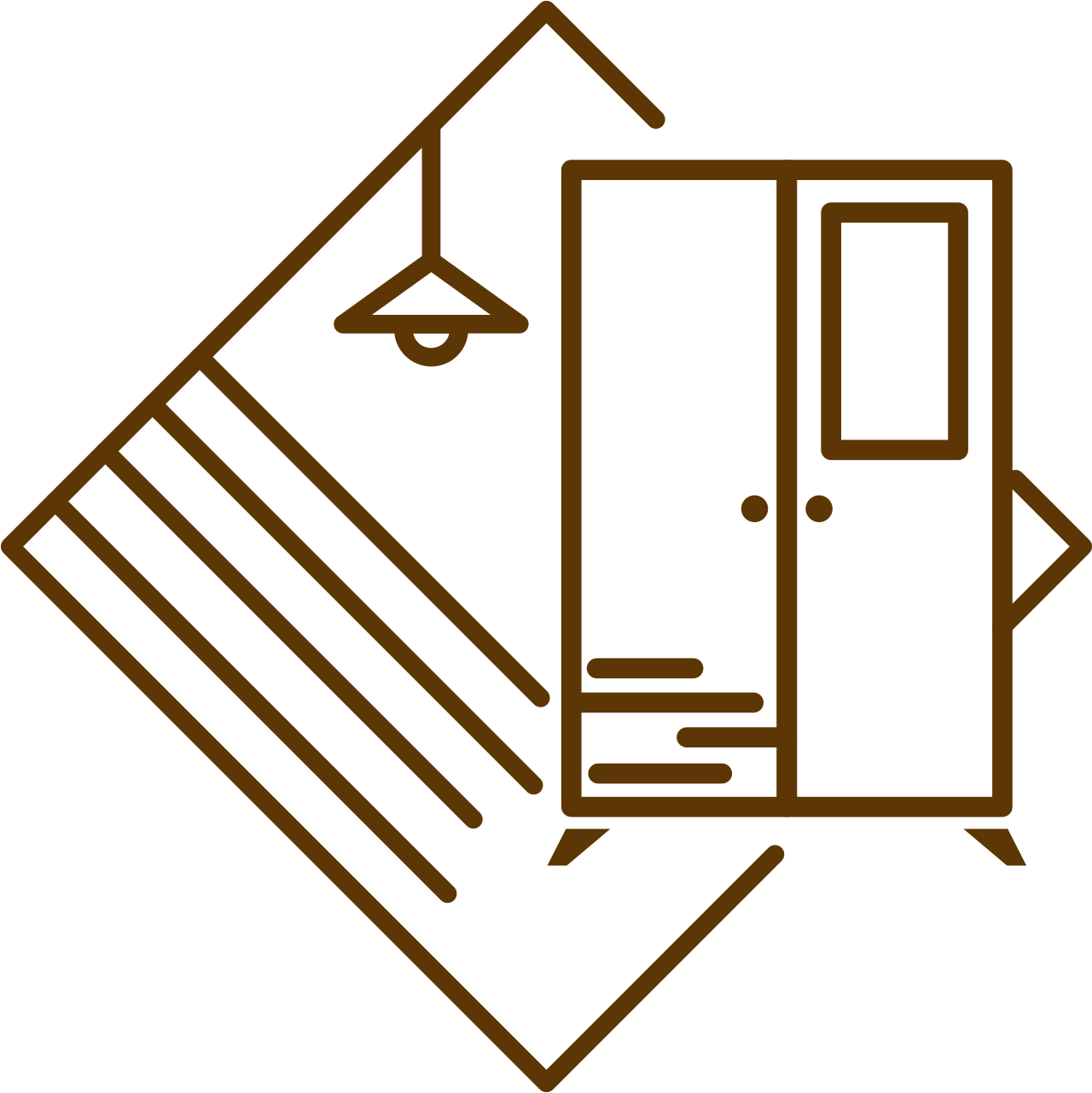FAQs
How frequent a cutting or charcuterie board needs to be retreated?
The frequency with which you should retreat (oil or condition) a cutting board depends on how often it is used and the type of oil or conditioner you’re using, but here are some general guidelines:
Regular Use (frequent use): If you use your cutting board daily or several times a week, it’s ideal to treat it once a month or every 4-6 weeks. This helps maintain the wood's moisture balance, preventing cracking and drying out.
Light Use (occasional use): For boards used less frequently, treating them every 2-3 months should suffice.
After Deep Cleaning: If you've given your cutting board a deep clean (like washing with soap and water), it's a good idea to retreat it to replenish moisture lost during the cleaning process.
What can I use to retreat my cutting or charcuterie board?
Most Common Types of Treatments:
Mineral oil or butcher block oil: These are the most common treatments. Mineral oil penetrates the wood, keeping it hydrated and preventing it from drying out. You can apply it monthly for regular use.
Beeswax and oil blend: Some people use a beeswax-oil mixture for added protection. This helps with water resistance and creates a protective layer.
Are end-grain or edge-grain cutting boards better?
This question often comes up when discussing board quality. End-grain boards are known for being gentler on knives and more durable, while edge-grain boards are more common and typically less expensive.
How do I prevent my cutting or charcuterie board from slipping while in use?
Adding rubber feet, a non-slip mat underneath, or using a damp towel can help stabilize the board.
How to maintain wooden cutting or charcuterie board to prevent cracking, warping, or damage?
Regular oiling with food-safe mineral oil or beeswax is essential to keep the wood hydrated.
What is the best material for a cutting or charcuterie boards?
Wooden cutting boards, particularly hardwoods are popular for their durability and knife-friendly surface.

